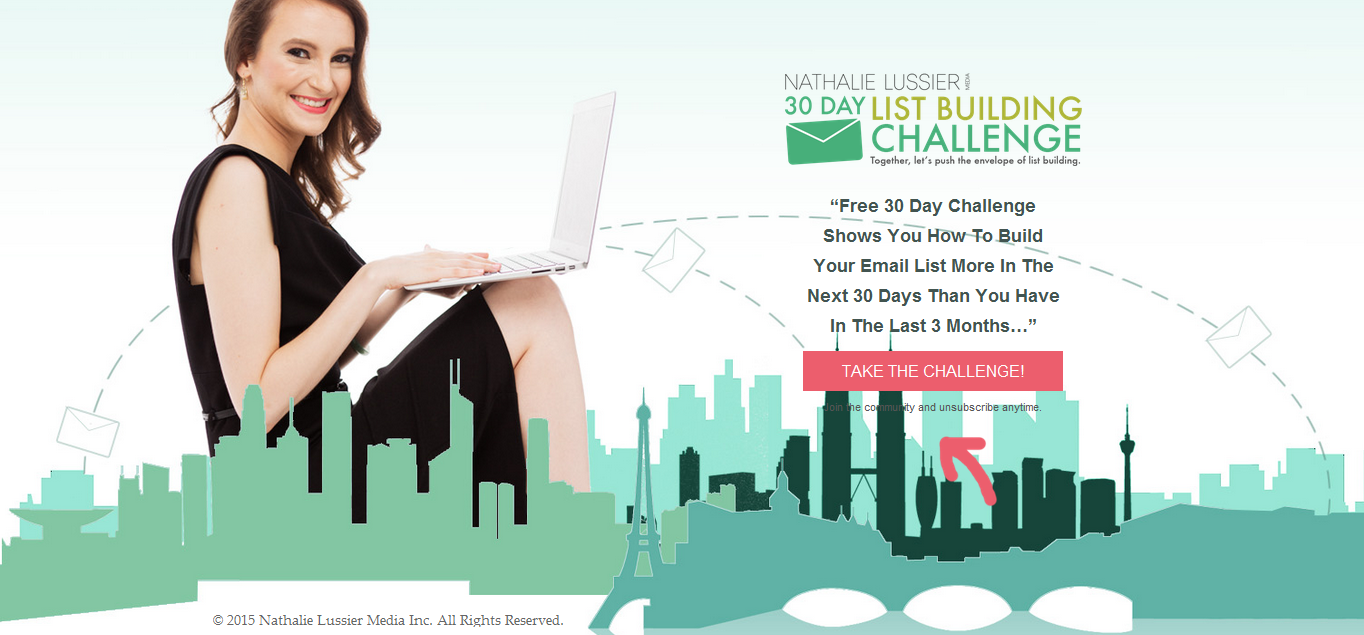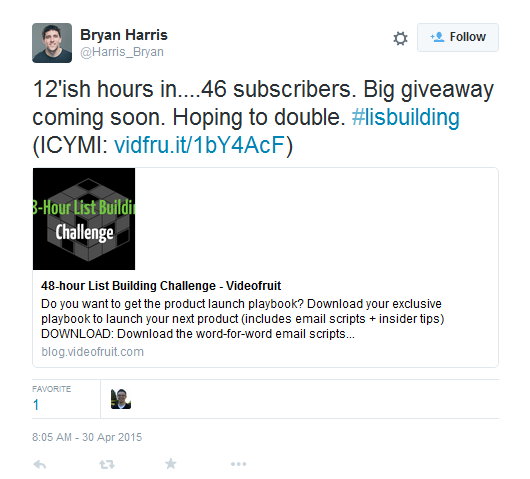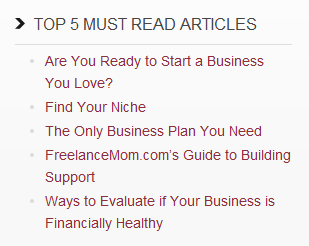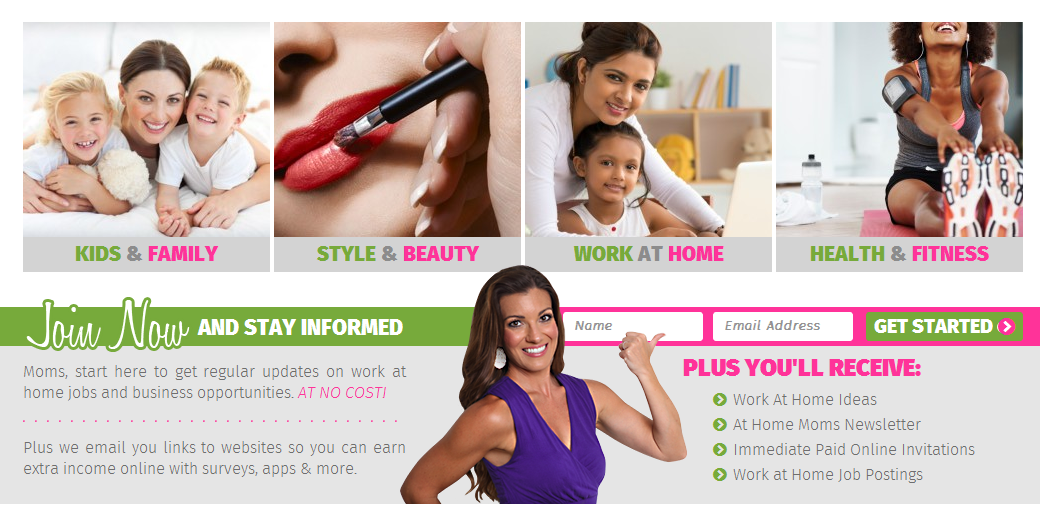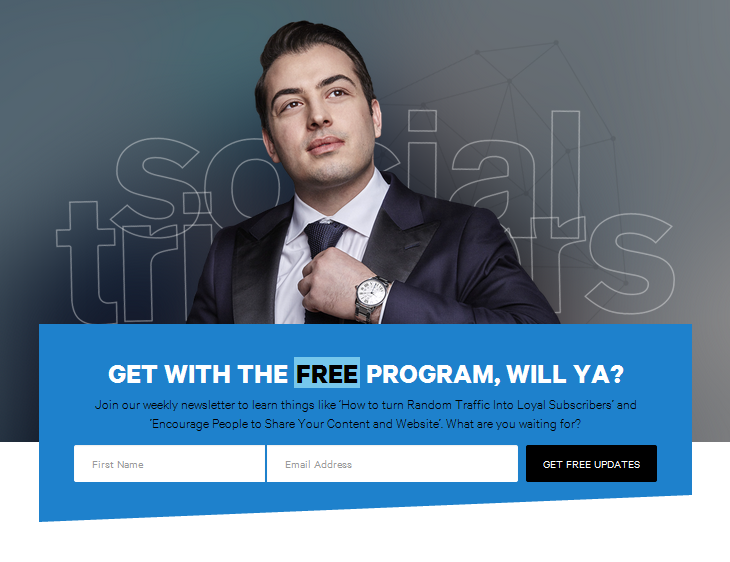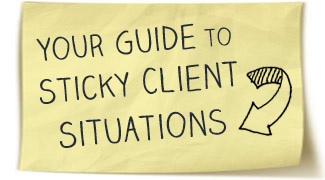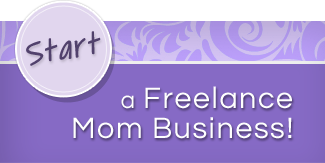
If you run a blog or website for your freelancing business, chances are you have an email list. Experts agree that making your email list a priority is one of the smartest things you can do. According to Wolfgang Jaegel, a digital marketer and CEO of Sydacast, for every $1 spent on email marketing, you gain $44.25 in return. But what do you do when you aren’t seeing the results you were hoping for?
Then it’s time for a change.
One tactic is to target your email list to a specific group of subscribers. According to data published at Hubspot, clickthrough rates increase by 16 percent when you target emails by persona.
The idea behind this is simple. You may be able to easily gather thousands of emails, but if the majority of those address owners have no interest in the content you’re sending them, you’ll be lucky if they even open your emails.
The alternative is to narrow your concept of the ideal subscriber. You may have fewer subscribers, but overall you’ll be in touch with more people who care about your business and your content. You can further segment your email list so that you can target different content to different subscribers.
Does this sound like a strategy you’re interested in pursuing? Then check out these tips from top gurus about how to build a targeted email list that will yield real results.
Split-Test Your Opt-In Page
When it comes to your email opt-in page, there are a near infinite number of ways to word and design that page. That means that your first idea may not be the most effective for growing your list.
Marketer and Digital Strategies Nathalie Lussier discovered this when building her email list for her free 30 Day List Building Challenge course. She and her team originally launched their landing page with a video where she detailed the challenge. It was a smart idea, but when her team performed a split test and replaced the video with just a picture of Nathalie, they saw conversions increase by 132 percent. Now their landing page features an opt-in rate of 43 percent.
Here’s what Nathalie’s opt-in page looks like today:
Reach Out to Eager Sneezers
Bryan Harris of Video Fruit recently conducted an experiment where he launched a new email list to see how many subscribers he could get in 48 hours. His results? He earned 205 subscribers and $247 in sales after just two days—all starting from scratch.
So what’s his secret? Bryan started by contacting what he calls “Eager Sneezers.”
“An Eager Sneezer,” he explains, “is someone you ALREADY have a relationship with who knows people that fit your target demographic. Your mom. Your aunt. Your best friend. Then you ask them to invite someone they think might be interested in learning more about the topic you’re focused on.”
Just by contacting people he knew, Bryan was able to convert 46 new subscribers in just 12 hours.
Bryan continued his challenge by offering an incentive—a canoe and hammock giveaway, since his email list was targeted to hammocking in Nashville—for his email subscribers to refer their friends. Then what happened? Another 179 people joined his giveaway and email list.
Once you have your first “Eager Sneezer” subscribers on your list, you can leverage their interests to further connect with people in the same demographic.
Offer a Lead Magnet Your Audience Craves
Marketing guru Neil Patel says that if you want to triple your email conversion rates, one of the first things you have to do is “learn what your audience craves.”
A lead magnet is something you give away that essentially bribes people to sign up for your email list (in an ethical way). Examples include:
- eBooks
- eCourses
- Whitepapers
- Worksheets
- Templates
- Reports
- Access to a members-only area
- Software download
- Product discount
The list goes on. However, as Neil points out, “Too many businesses blindly make the first lead magnet that comes to mind thinking that it doesn’t make a difference. But it does.” The biggest difference in lead conversions, he says, is how targeted your lead magnet is.
The key is to determine what your audience is interested in and to create a product that they’re dying to download and would give their email away for in a heartbeat.
First, determine what your readers are interested in. You can easily do this by analyzing your most popular posts. Look at the ones with the most views, comments, and social shares, and you’ll get a good idea of what topics people care most about on your site.
You can see Freelance Mom’s most popular articles here:
With your most popular content in mind, you can build off of it. Notice how our most popular articles fall under the umbrella topic of “starting your business.” Just some ideas for an opt-in we could use include:
- A 30-day email course detailing each step to launching your freelancing business.
- An exclusive interview series about successful freelancers and how they started their careers.
- A step-by-step checklist of what you need before starting your freelancing business.
Another option is to check out what your competitors are doing and investigate their success. This can be particularly useful if your site is new and you’re not ready to use the abovementioned method.
One site similar to Freelance Mom is At Home Moms. Take a look at what they’re offering:
Their email list includes:
- Work at home ideas
- At Home Moms newsletter
- Immediate paid online invitations
- Work at home job postings
Though Freelance Mom wouldn’t replicate At Home Moms’ content, we could offer a packet of similar information if we wanted to, such as a list of work at home ideas and sites that pay or even access to a private work at home job board.
Remember, the idea isn’t to copy your competitor’s lead magnet but to draw inspiration from it.
You don’t have to just look at their lead magnet, either. Use BuzzSumo’s free tool to see what articles and topics are popular on your competitors’ sites.
To reiterate Neil Patel’s advice, “The biggest mistake marketers make when creating lead magnets is that they make offers that are too vague. You must create a useful offer that solves one specific problem in your reader’s life. Otherwise, you won’t make a lasting impression on your new subscriber.”
Now that you know what your audience wants, you can develop a product that they’ll gladly give their email away for.
Add Opt-In Forms in the Right Places on Your Website
Derek Halpern boasts 300,000 newsletter subscribers on his site at SocialTriggers.com, so when he talks email lists, he knows what’s up.
As Derek tells us in his video “Why You Need to Build an Email List Now,” there are two simple strategies to building your email list.
The first bit of advice is to place your opt-in forms in the right spots on your website. These locations include:
- The top of your sidebar
- The top of your pages
- On your about page
- In a pop-up form (optional)
Although Derek doesn’t mention this in his video, he also includes a sign-up form at the end of every blog post and in the footer of his site.
Here’s an example of one of Derek’s opt-in forms in action:
Derek’s second piece of advice is to get rid of clutter on your site. That way, potential subscribers are drawn to the opt-in form rather than having to decide between multiple calls to action. As he points out, if people have too many options to choose from, they won’t choose anything, so give them a simple choice—sign up for your newsletter—and make that choice prominent by placing it strategically.
Live Up to Subscriber Expectations by Following Up
Nathan Hangen, creator of IgnitionDeck, points out on KISSmetrics that your initial follow-up email is crucial to your email marketing campaign success.
Essentially, your follow-up series can make or break your campaign.
This email should set up subscriber’s expectations as well as offer them something of value, even if that is simply just a warm welcome. The good news is that your email service provider likely offers an auto responder sequence, so you can easily follow-up with new subscribers.
As Nathan says, “If your call to action is strong, and your follow-up is consistent, then you can count on a positive campaign.”
For instance, don’t promise to send an email once a week only to bombard your subscribers’ inboxes with five emails in five days. Likewise, don’t promise a weekly email and only send it out once a month or “when you get around to it.”
Building a targeted email list is really all about understanding your target audience and catering to their needs. If you start with these five tips, you should quickly be on your way to converting more subscribers—and the ones who matter most! Which one of these pieces of advice will you tackle first?
10 Minute Action Plan
Draw a buyer persona. Open a Word document and describe your typical subscriber. Answer questions like:
- How old is your target subscriber?
- What are his/her likes and dislikes?
- What motivates him/her to read your blog or buy your product?
Don’t just highlight what you’d like your ideal customer to be. Look at real feedback and even social profiles of current subscribers to understand their true wants and needs.
Photo credit courtesy of PicJumbo
